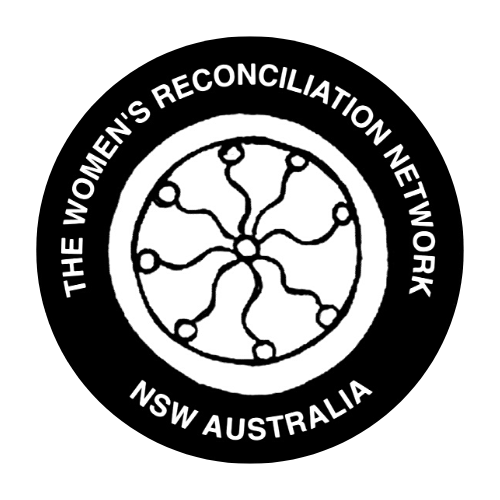Context
The Uluru Statement from the Heart, 2017, delivered to the Australian people was the culmination of a constitutional recognition process that began with the Gillard government in 2011. After nearly a decade of stalled progress since the Reconciliation decade ended with the flourish of the 2000 Bridge walks, the PM set up an expert panel to advise parliament on constitutional recognition of Indigenous Australians leading to a constitutionally enshrined Voice.
Timeline of events 2011 – 2018
• 2011- 2015. Expert panels and government select committees pursued options for constitutional recognition. Various technical, legal and political roadblocks again stalled progress.
• December 2015. A bipartisan supported Referendum Council was established to advise government on the next steps to a successful constitutional referendum on the issue. Included was engagement with First Nations communities.
• May 2017. The Uluru Statement from the Heart was delivered to the Australian. It was a direct and powerful statement on First Nations aspirations for true recognition in Australia’s Constitution.
• October 2017. The PM and government of the day rejected the Statement. Community backlash to the government’s actions led to yet another Committee.
• March – November 2018. A bipartisan Select Committee was appointed to, ‘inquire into and report on matters relating to constitutional change, including the proposal for the establishment of a First Nations Voice’. Recommendations included:
• constitutional recognition was still the only viable option;
• more detail required about a Voice before citizens could be asked to vote on it in a referendum.
¨ 2020- 2021. The federal government has directed a team of Indigenous experts to undertake a 2-stage process.
Stage One – two groups, a Local & Regional Co-Design Group and a National Co-Design Group, will develop models to improve local and regional decision-making and a national voice.
Stage Two – consultation and engagement to refine models with Indigenous leaders, communities and stakeholders across the country through public sessions, survey and submissions. Then make a final report from this process to table to the government. Expected to be completed by the end of 2021. (WRN Submission)
Where are we up to now
By the time the present federal government goes to the polls sometime in 2021- 22, the LNP will have been in power for close on a decade. Its election platform commitments and the outcomes of various parliamentary committees undertaken during its tenure make it bound to deal with constitutional recognition.
The government initiated Indigenous Voice Co-design process should be completed by the end of 2021 and therefore the government will be ready to make good on its 2019 election promises. These were:
The government is stepping back from the constitutional recognition pathway to a merely legislated voice, claiming that Australian citizens do not have sufficient appetite for a Referendum. A number of media polls indicate this is not the case.
Responses to the Co-design process Interim Report
show overwhelming public support for constitutional enshrinement
• 82% support the constitutional enshrinement of a Voice to Parliament;
• 5 per cent express in-principle support for constitutional enshrinement;
‘The Australian public has accepted the invitation of the Uluru Statement The submissions show overwhelming support of everyday Australians wanting to move towards a referendum to enshrine a Voice to Parliament in the Australian Constitution.’
Referendum Council co-chair and Uluru Statement leader Pat Anderson AO.
